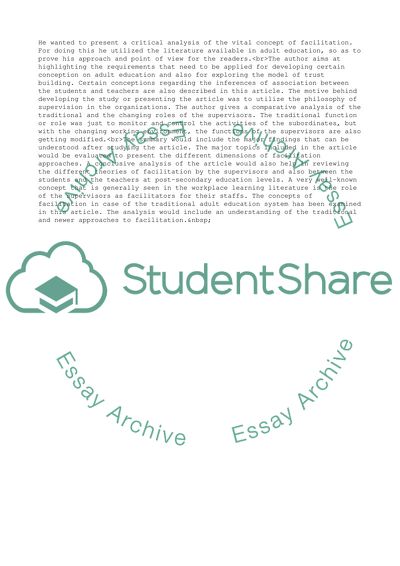Cite this document
(“Different Dimensions of Facilitation Approaches Book Report/Review - 1”, n.d.)
Different Dimensions of Facilitation Approaches Book Report/Review - 1. Retrieved from https://studentshare.org/business/1780550-issues-in-supervisory-facilitation
Different Dimensions of Facilitation Approaches Book Report/Review - 1. Retrieved from https://studentshare.org/business/1780550-issues-in-supervisory-facilitation
(Different Dimensions of Facilitation Approaches Book Report/Review - 1)
Different Dimensions of Facilitation Approaches Book Report/Review - 1. https://studentshare.org/business/1780550-issues-in-supervisory-facilitation.
Different Dimensions of Facilitation Approaches Book Report/Review - 1. https://studentshare.org/business/1780550-issues-in-supervisory-facilitation.
“Different Dimensions of Facilitation Approaches Book Report/Review - 1”, n.d. https://studentshare.org/business/1780550-issues-in-supervisory-facilitation.


